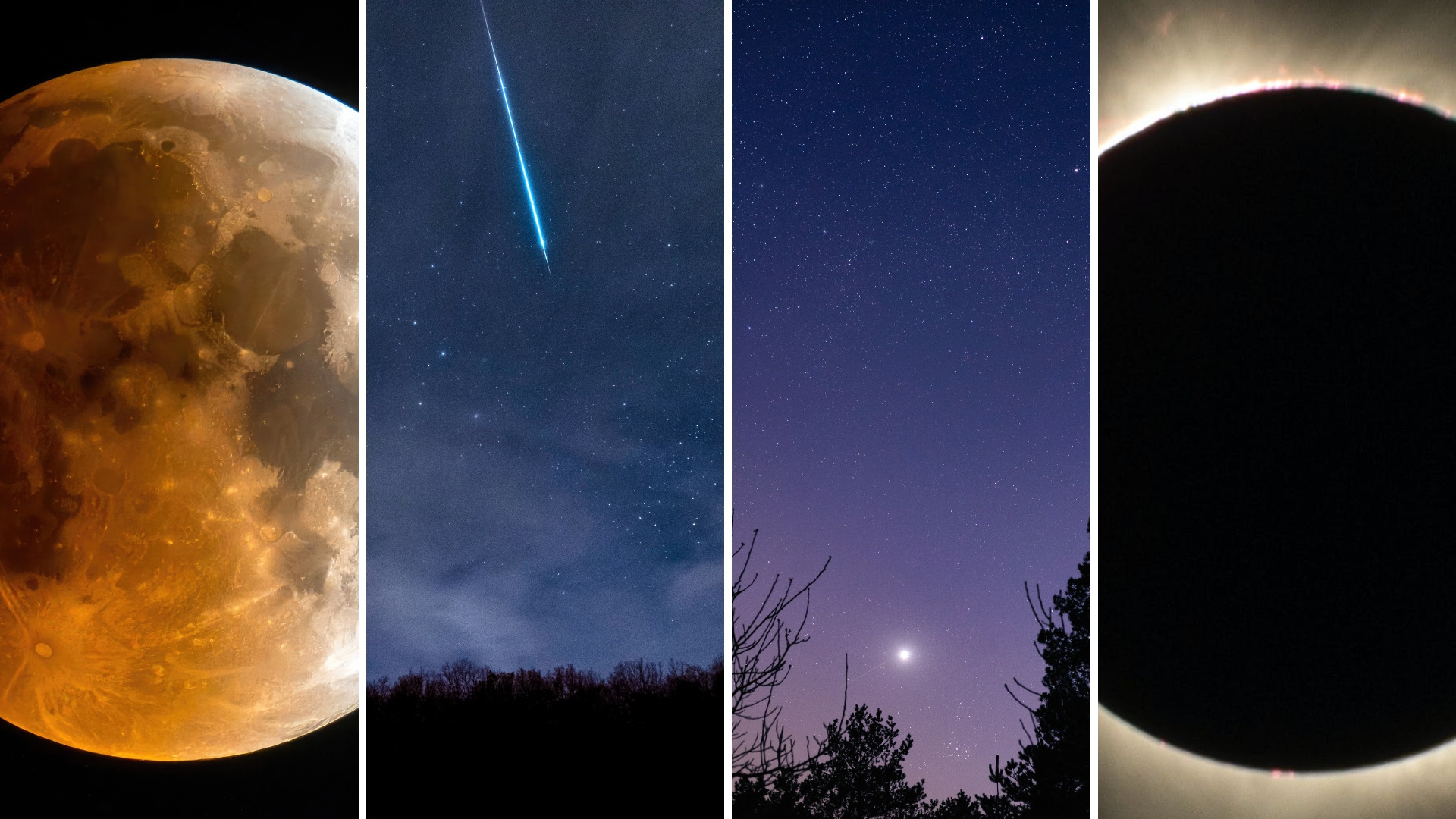NASA has selected new space telescope project to study Milky Way's evolution
The most violent and powerful events in the universe produce gamma-ray bursts.

NASA has picked a new telescope to head into space, where it will peer out in search of the most powerful light emissions made in the universe.
Radio, visible light and X-rays are all part of the electromagnetic spectrum. These waves vary in intensity, with gamma rays being the most energetic. The most violent and powerful events in the universe, like supernovas and neutron star mergers, produce gamma-ray bursts.
After several decades of scientific planning and several tiers of NASA concept reviews, the Compton Spectrometer and Imager (COSI) telescope is finally making its way to space. The $145 million mission is slated to launch sometime in 2025, according to the space agency's announcement on Monday (Oct. 18).
Related: Europe's veteran gamma-ray space telescope nearly killed by charged particle strike
Once COSI makes it to orbit, this gamma-ray telescope will observe the recent history of star life cycles, help map where certain chemical elements were formed in the Milky Way and gather data about mysterious subatomic particles that are the size of electrons but which carry a positive charge.
The mission is NASA's latest small astrophysics mission. COSI is part of NASA Goddard's Astrophysics Explorers Program, which features less-expensive missions that fill observation gaps from other projects so that researchers can gain a fuller idea of what is going on in the cosmos.
Back in 2016, a version of COSI's instrument called the Compton Spectrometer and Imager Explorer (COSI-X) flew aboard a scientific balloon around the southernmost part of the Earth. One day before wrapping up its 14-day trip, COSI-X detected and localized its first gamma-ray burst.
Breaking space news, the latest updates on rocket launches, skywatching events and more!
Follow Doris Elin Urrutia on Twitter @salazar_elin. Follow us on Twitter @Spacedotcom and on Facebook.

Doris is a science journalist and Space.com contributor. She received a B.A. in Sociology and Communications at Fordham University in New York City. Her first work was published in collaboration with London Mining Network, where her love of science writing was born. Her passion for astronomy started as a kid when she helped her sister build a model solar system in the Bronx. She got her first shot at astronomy writing as a Space.com editorial intern and continues to write about all things cosmic for the website. Doris has also written about microscopic plant life for Scientific American’s website and about whale calls for their print magazine. She has also written about ancient humans for Inverse, with stories ranging from how to recreate Pompeii’s cuisine to how to map the Polynesian expansion through genomics. She currently shares her home with two rabbits. Follow her on twitter at @salazar_elin.

